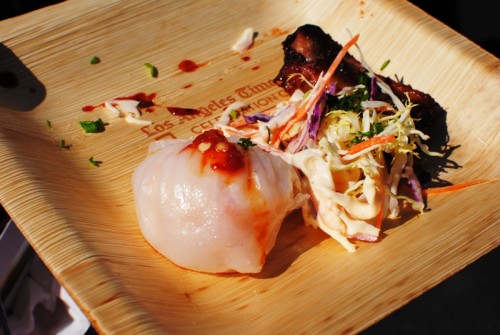


Among the most successful of them was the renowned Lin Heung Tea House, which opened in the 1920s and continues to peddle scrumptious dim sum to this day!Īs per the Cantonese tradition, early teahouses in Hong Kong only operated from morning till lunch hours while traditional Cantonese restaurants (酒樓 zau2 lau4) would take over dinner service. With the dietary overlaps of Guangzhou and Hong Kong, it’s easy to see how dim sum was able to colonise our local culinary landscape with little resistance.īy the early twentieth century, a hub of teahouses had cropped up in the Sai Ying Pun, Sheung Wan, and Central area, serving tea and a broad variety of dim sum. It covered a myriad of steamed, deep-fried, and braised dishes that were typically considered too laborious to make at home.Ĭombining the inimitable experience of the small-plate gastronomic meal with the region’s strategic location as a foreign trade centre, dim sum was able to thrive and blossom throughout the second half of the nineteenth centur y and it wasn’t long before its popularity swiftly caught on in Hong Kong, Guangzhou’s southern neighbour. Befittingly, its offerings were often dainty and time-consuming to prepare. More than just sustenance, dim sum was a shared communal experience and a more accessible form of luxury. Weary from their long pilgrimages, travellers would make pit stops to roadside teahouses (茶樓 caa4 lau4) where they would replenish themselves with small plates of food, complemented by Chinese tea for digestion.Įqually a place for socialising, these eateries also turned into a prominent meeting point for merchants to discuss business deals in a more relaxed setting and it was thus that the blueprint of Cantonese dim sum culture was born. In my opinion, Dynasty is one of the best places in San Jose for dim sum.Although a vague notion of dim sum long existed across China, Guangzhou is often touted as the birthplace of modern dim sum, as it was there that the distinctive Cantonese tradition-often synonymously referred to as yum cha (飲茶 “drinking tea”)-started to take shape.ĭuring the Qing dynasty, Guangzhou was a focal trading port along the Maritime Silk Road. I miss the Golden Gate Bakery ones but we haven’t been up to SF in a long while.
#DIM SUM SAN JOSE HONG KONG PLUS#
What I like the the load of shrimp they put in this, plus the garlicky-chive counterpoint to the meat.Įgg Tarts.
#DIM SUM SAN JOSE HONG KONG SKIN#
Shrimp and chive dumpling that has been pan fried so the rice flour skin has crisped up. These are on the small side, not much bread, and baked with a sticky-sweet glaze on top. Great texture contrast between the airy-crispy crust and the soft inside.īaked Char Siu Bao. The taro paste is stuffed with a mixture of chicken and mushrooms before frying. We’ve tried out other dim sum places ( Hong Kong Saigon in Sunnyvale and East Ocean in Alameda) but our go-to dim sum restaurant of choice is Dynasty on Story and McLaughlin right here in San Jose.ĭeep Fried Taro puffs. There are some good places to eat in Milpitas and Cupertino, not to mention faraway restaurants like Koi Palace in Daly City. Nowadays, dim sum is more of a “once in a blue moon” deal. You could get pretty good quality dim sum at a more reasonable price than the fancier places like Legend in the Chinese Cultural Plaza. If we didn’t have other plans, we’d often stop in at Mei Sum on Pauahi and Smith Streets.

Back in Honolulu, Annie and I used to go produce shopping almost every Saturday morning in Chinatown.


 0 kommentar(er)
0 kommentar(er)
